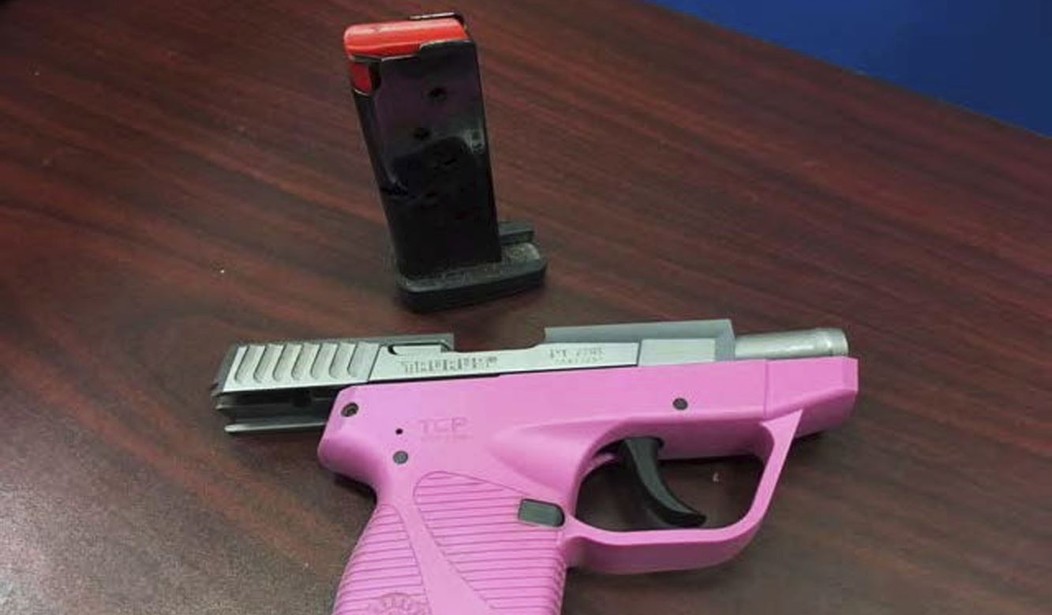Guns are used in the majority of violent crimes. This is an undebatable fact, unfortunately. However, it’s also a fact that doesn’t mean much in and of itself. There are a lot of things relating to that which matter far more, especially with regard to the debate over gun control.
One of those important things is where those guns actually come from.
I often say that most firearms used in crimes come from illegal sources. That’s based on a Department of Justice survey. However, when it comes to where these weapons come from, there really isn’t a lot of data available.
In 2019, police in Philadelphia recovered 95 ghost guns, according to data the department shared with FiveThirtyEight. Last year, it was 250. This year is on track to double that, with 389 recovered as of Sept. 10.
That rise tracks with a broader national trend, experts say. But it’s still just roughly 9 percent of the 4,190 guns that Philadelphia police recovered during the same time period this year. Most guns involved in crimes took more well-worn routes, like straw purchasing or theft, Vanore said.
Vanore said the ways guns were trafficked made it hard to answer basic questions like how many might be stolen each year. Often, he said, police found trafficked guns only after they were used in a crime. Experts who spoke with FiveThirtyEight said there was no clear, national data on how crime guns go from manufacturers and dealers to the black market, how trafficking differed from state to state or even the street price of trafficked firearms in different markets. The most recent federal report on gun trafficking dates from 2000, and it used data from 1996 to 1998.
President Biden’s administration is looking to change that with a new trafficking report, due out next year, that the administration says will be updated annually. Still, Congress has strictly limited what gun data can be released. And even then, federal officials may not have a complete picture of how many crime guns local police recover, nor where they come from, experts say.
“Ideal world, what we do is every time a gun is connected to a crime or a violent crime, there’s an exhaustive investigation that connects the dots and sort of traces the path of that gun to that criminal or crime scene,” said Daniel Webster, director of the Center for Gun Violence Prevention and Policy at Johns Hopkins University. “And the truth is, that almost never happens.”
Even then, I wouldn’t get too excited about the possibility of learning much, and there’s a reason why. Gun control.
See, while many in the gun control camp claim they have no intention of taking everyone’s guns, there are others who are rather open about their desire to confiscate everyone’s firearms.
They don’t actually try to hide it. (Looking at you, Beto.)
Because of those people, a lot of gun owners don’t even want to admit they own firearms. They don’t report them stolen or, if they do, they don’t keep track of the serial numbers. They don’t want to give law enforcement data that can be used later to target them for confiscation.
While this may stymie any attempt at tracking where crime guns originate, it makes those theft victims feel a bit better about keeping future guns.
In other words, the rhetoric of gun control has made it far more difficult for police to track guns used in criminal activity because gun owners are worried about what those gun control fans will do.
Nice.
If gun control wasn’t a thing, I have little doubt people would keep up with their serial numbers and be more than happy to provide them to police if or when a gun is stolen. After all, where’s the risk in doing so? The reward is the possibility of getting your property back and with no downside.
So nice going, anti-Second Amendment crowd. Nice going indeed.








Join the conversation as a VIP Member